Siberian hawthorn, botanical description, application, planting and care
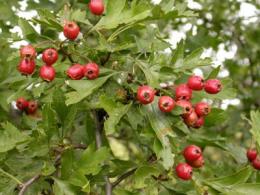
Hawthorn - a plant that is known to a large circle of people. Some have seen small trees strewn with red berries, others are familiar with it as a pharmaceutical remedy. This plant has at least 200 wild species and several hundred varieties and hybrids. More than a hundred species of hawthorn are found in Russia, the CIS countries and Europe. One of the most famous is the blood-red hawthorn or Siberian hawthorn.
Content:
- Siberian hawthorn, description, distribution
- Application and use of Siberian hawthorn
- Hawthorn in the garden, planting Siberian hawthorn
Siberian hawthorn, description, distribution
Siberian hawthorn is widespread in Russia, Central Asia, Mongolia, and China. Life form is a large deciduous shrub or small tree. It reaches a height of 2 to 4 m, sometimes it can grow up to 6 -8 m. Hawthorn is widespread in the following geographical areas:
- forest
- forest-steppe
- steppe
It inhabits river floodplains, forest edges, clearings and clearings. The plant is not picky about soil, but close groundwater can destroy it. According to the botanical classification, it belongs to the genus Hawthorn from the Rosaceae family. The trunks are not thick, in adult plants on average up to 15 cm in diameter. The bark is gray or brown-gray. The shoots and branches are covered with hard, straight spines. They can be from 1 to 5 cm in length.
The plant's buds appear in red scales.The petiolate leaves are beautifully indented, with serrated edges. Hawthorn flowers are white or white-cream, yellowish.
The stamens are bright red. The flowers are 1.5 cm in diameter, collected in corymbs. Produces deep red fruits. The diameter of the fruit is up to 1 cm, there are hard seeds inside. Their number is from two to five. The pulp of hawthorn fruits is tasty, slightly starchy, and sweet. Hawthorn Siberian plant is quite popular due to its appearance and chemical composition of berries and leaves.
Application and use of Siberian hawthorn
Wood and bark
The strong and durable wood of Siberian hawthorn is used to make various wooden parts, such as handles for percussion instruments, household items and carved items. Hawthorn bark contains a large amount of tannins and can be used for processing and dyeing fabrics. The bark of young shoots is a medicinal raw material.
Flowers and Leaves
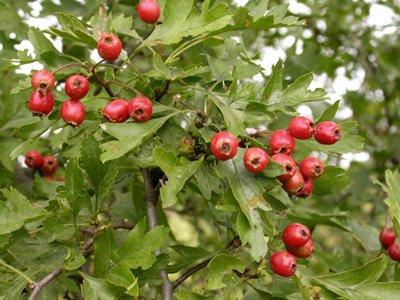
They attract bees and are good honey growers, although they do not pay much. Used as a traditional medicine. Used as medicinal raw materials in official and folk medicine. A decoction of the leaves and bark helps with diarrhea.
Fruit
Widely used in cooking, for making compotes and jams. Good when fresh. In addition, fruits, leaves, and flowers are valuable pharmacological raw materials and are widely used in folk and official medicine as a heart remedy and a medicine for lowering blood pressure.
Attention! Treatment with hawthorn preparations is only possible on the recommendation of a doctor. Despite the benefits, there are contraindications to the use of fresh berries, dishes and preparations from Siberian hawthorn:
Hawthorn in the garden, planting Siberian hawthorn
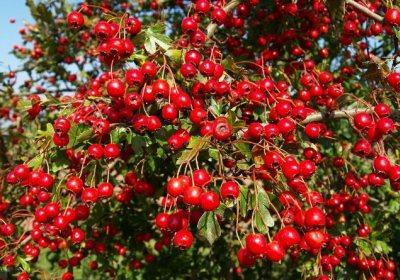
Hawthorn bushes in the garden are grown as fruit plants and are widely used in landscape design. Although the flowers bloom after the leaves, the trees are very elegant during flowering.
The flowering period lasts ten days. By the end of summer, the tree is strewn with red shiny fruits; there are forms with an orange color. Many specimens have foliage turning purple by late summer. Therefore, Siberian hawthorn is not only a useful plant with tasty fruits, but also very beautiful decorative element in the garden.
In addition, hawthorn makes a beautiful and reliable hedge. In the first year after planting, the plant is pruned at a height of 20 cm above ground level. In the following years, formative pruning is carried out. After about 8-10 years, the hawthorn hedge takes on a finished appearance.
You can plant hawthorn in the garden both in spring and autumn. Any place where groundwater lies deeper than 1.5 m is suitable for this. Calcareous soils are desirable. For the seedling, prepare a hole measuring approximately 0.6 m by 0.6 m by 0.6 m. The hawthorn seedling is installed so that the root collar is at ground level.
Fill the hole with fertile soil, lightly compact it, pour water on the seedling and mulch it.
In the future, the plant does not require much care; the following is sufficient:
- remove weeds from the tree trunk
- water
- carry out sanitary pruning
- carry out disease prevention
- pest control
To propagate the plant you can use:
- seeds
- root suckers
- layering
- cuttings
When propagated by seed, Siberian hawthorn begins to bear fruit only at 9-10 years of age.For all others - in the third or fourth year. One plant can produce up to 15 kg of tasty and healthy fruits. They contain:
- vitamins S, E, A, K
- Sahara
- glycosides
- flavonoids
- pectin
- choline
- macro- and microelements
Considering the unpretentiousness, decorativeness and benefits of Siberian hawthorn in the garden, you can find a small corner for it.
Video about what kind of plant Siberian hawthorn is:

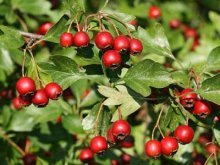
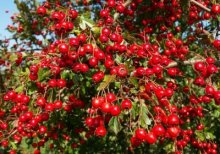
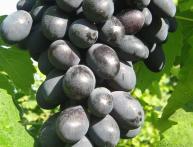

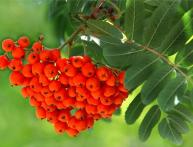
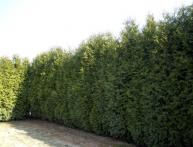
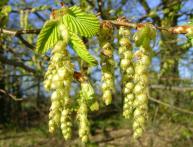
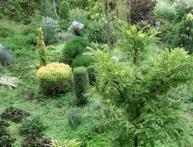

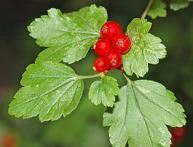
Comments
Hawthorn is a very unpretentious plant. About 10 years ago we were cleaning the school grounds. We came across a small shoot, which turned out to be a hawthorn. They didn’t touch it. As a result, now every autumn we collect a wonderful harvest of berries.